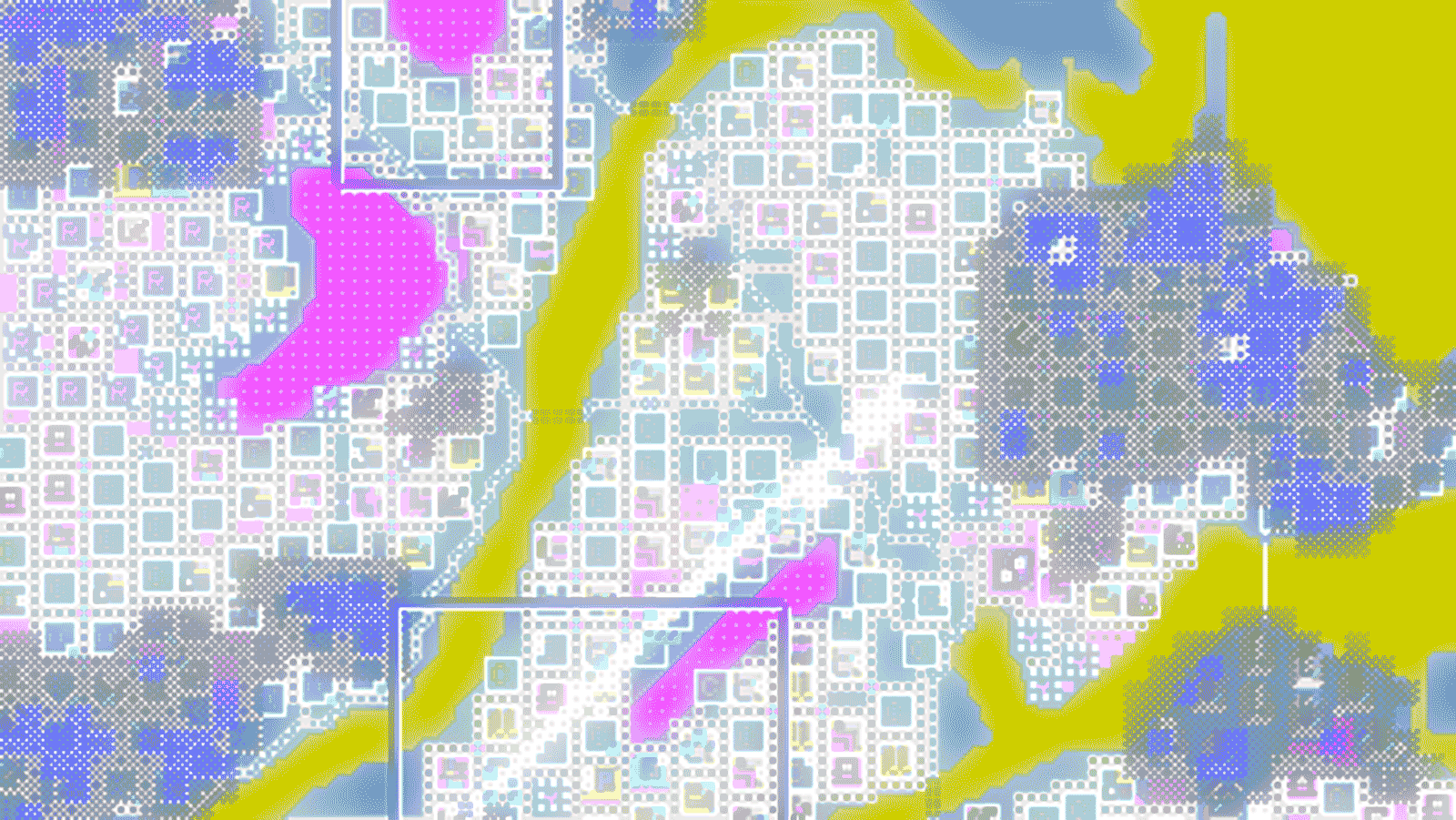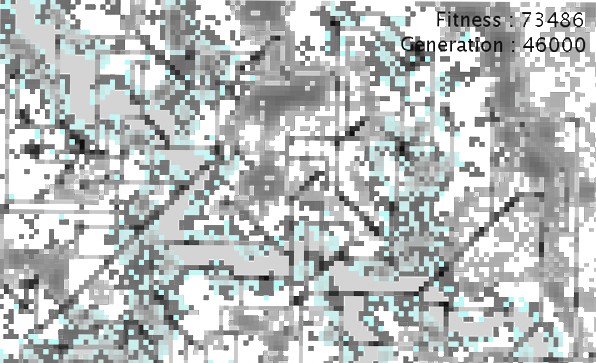M2 Scenic Drive
From micro decisions to macro constellations
In this week we will explore the relations between local dependencies (for example our neighbor) and global structures. We will test our hypotheses in simulation-models in a bottom up strategy. Does our micro- specifications lead to emergent patterns?
We will use agent based models and heuristics, all programmed in processing.
Task:
Define a model of a set of micro-specifications of neighbourhood and simulate its consequences for the urban scale.
Monday 03.12.12 3pm Presentation of the results
Module 2: Neighbourhoods
This week the class explored visualising, generating and simulating different kind of neighbourhoods, working in Processing. See below for a preview of the presentations.
Joel Letkemann: Voxel Neighbourhood
This program is a 3D voxel-based heuristic algorithm that adapts to both the local neighborhood, grouping like with like, and also the larger area, testing the distance to larger ‘avenues of traffic’. As the program runs, it continually adapts to its surroundings, and eventually settles into a stable configuration.
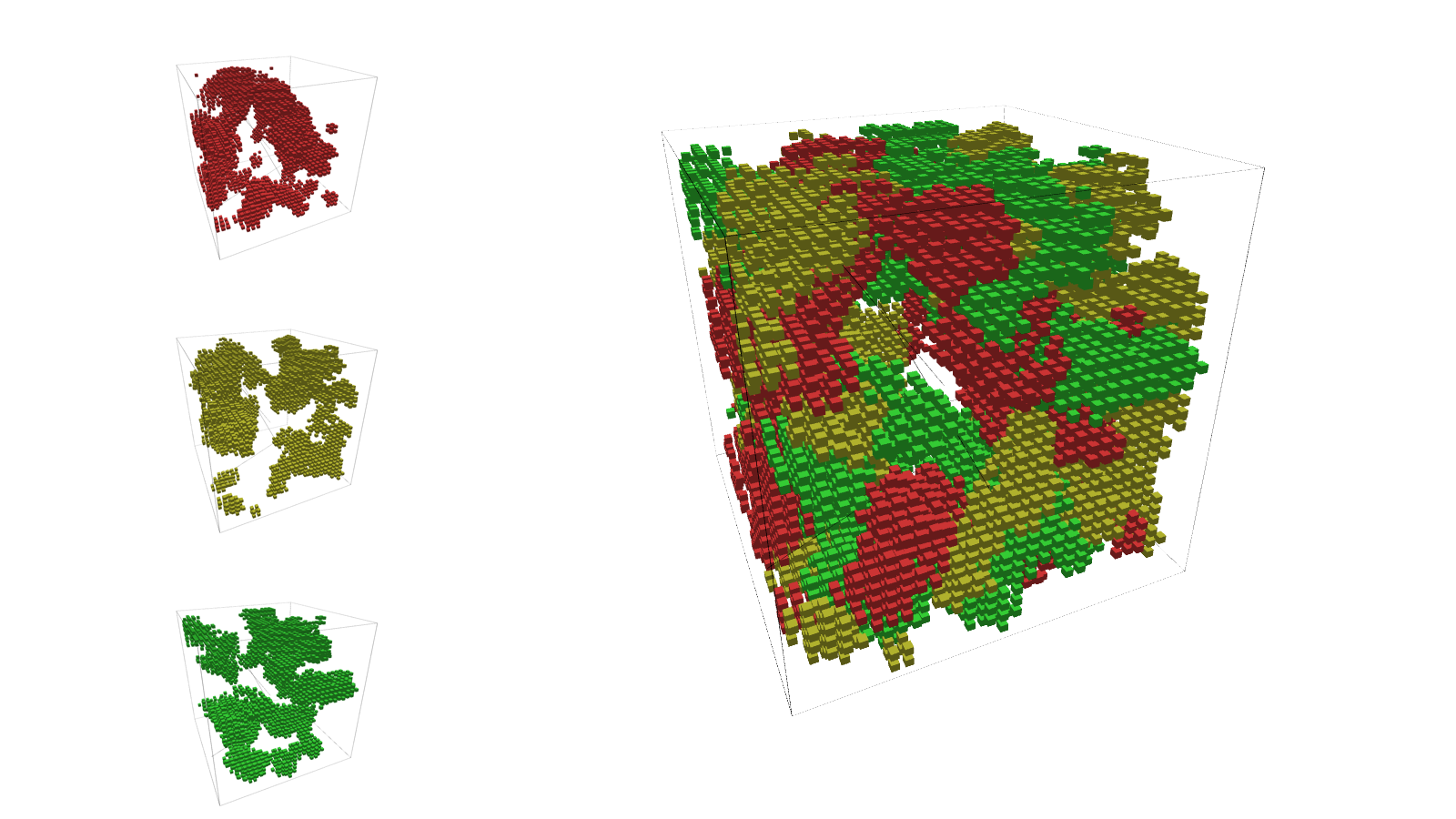
Mark Baldwin: Topographic Neighbourhood
This exercise sought to express relationships and intensities between various cells within a grid. The starting condition was a random arrangement of cells of Type 1, Type 2 and empty cells. The cell grid underwent successive interations (numbering in the thousands) based on the following rules: Cells with less than 5 like (same type) neighbours will move to a new random location; neighbours surrounded on all sides by like neighbours will increase in intensity by one level – depicted as a darker colour and a raised or lowered (depending on the type) elevation. The image below collages various states from the starting (front) to ending (rear) conditions of the sequence.
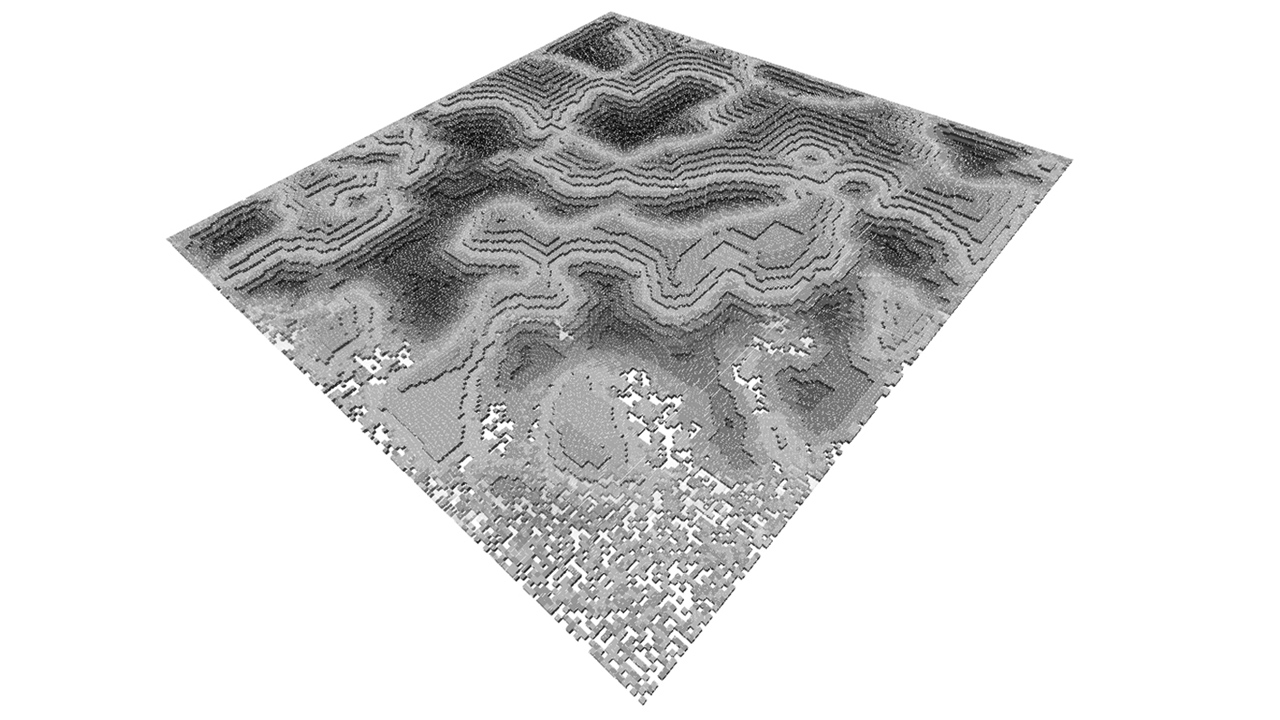
Tihomir Janjusevic: Death Game
Cells multiply and eventually produce monsters who destroy everything.



Maria Smigielska: Line Neighbourhood
Two types of cell populate this neighbourhood in both vertical and horizontal directions within a grid. The more popular cells are, the wider the line that represents them.
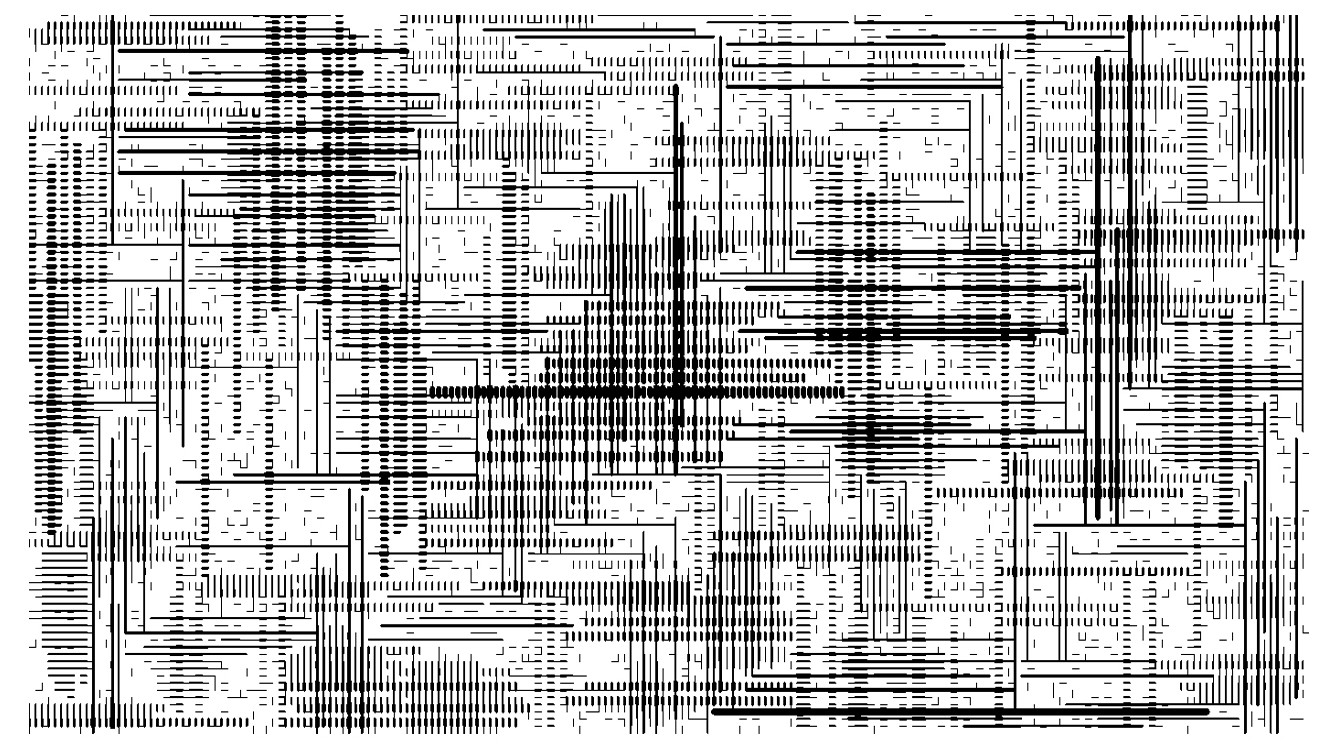
David Schildberger: Terrain Neighbourhood
Population of a terrain with different typologies influenced by variations of the topography and relations within the neighbourhood.
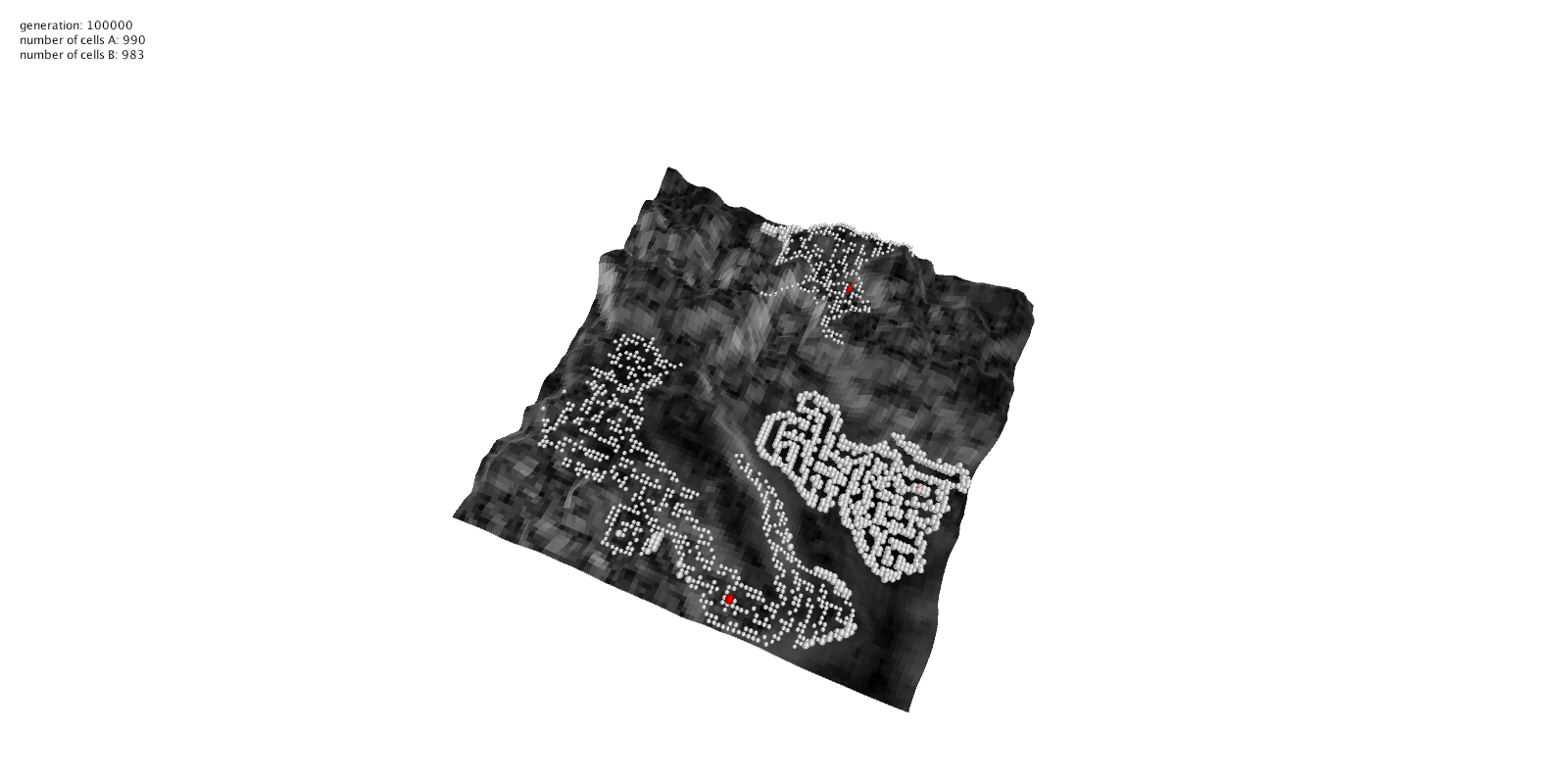
Nicolas Miranda: Regular / Organic
Two different neighbourhoods: one based on a regular street structure and the other on an organic structure. In both cases buildings are located on the first row along the streets while the rest of them are located on the green spaces (empty cells).
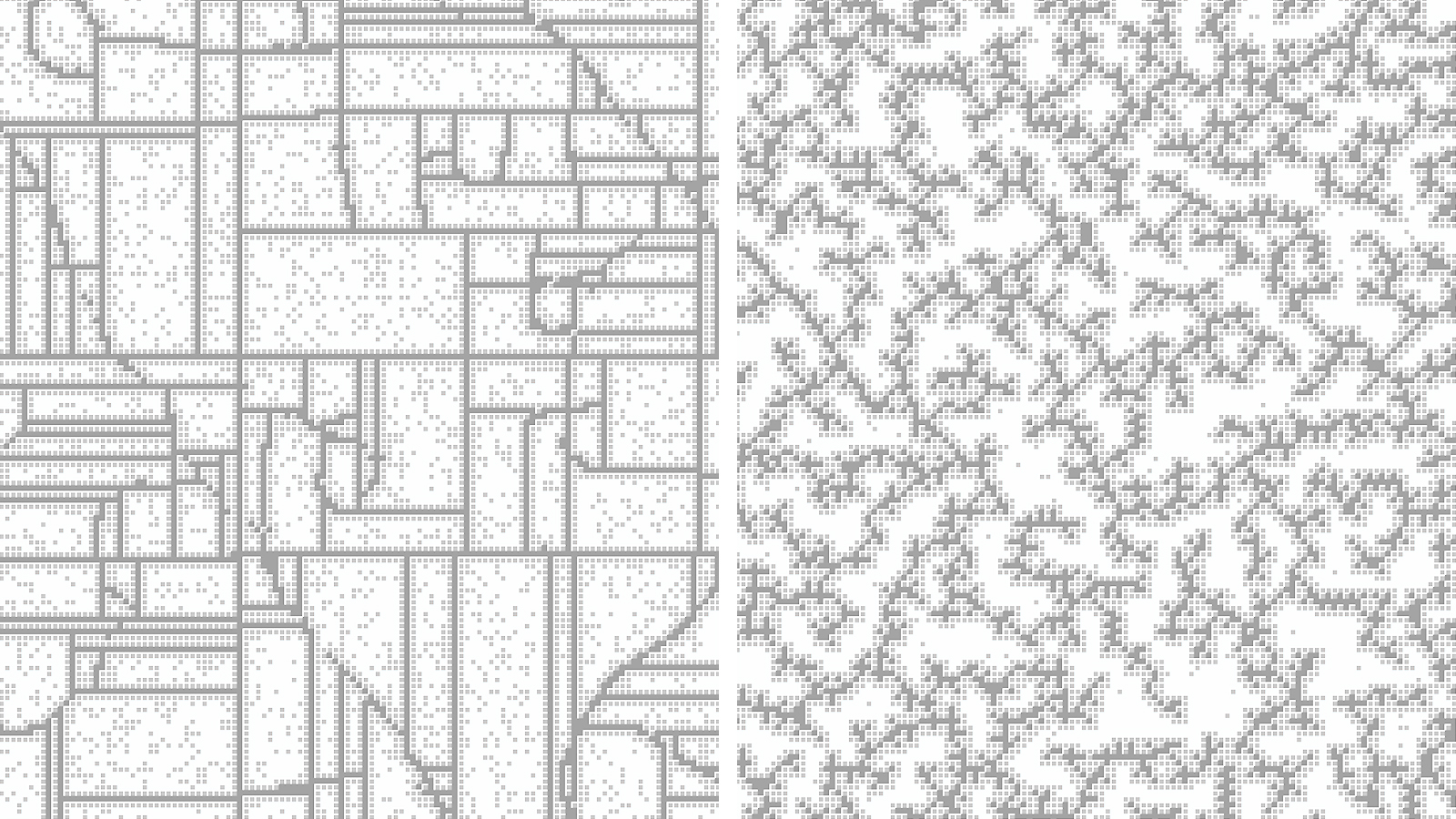
Demetris Shammas: Nicosia 1 2 X O █
Nicosia 1 2 X O █ is an urban experiment that explores the relations between local dependencies and global structure. Each cell’s starting condition is specified by the city’s present datascape, while a series of successive iterations determined by the combination of simple rules, results in an unplanned and complex urban arrangement.
Jessica In: Chess Neighbourhood
The rules of a game of Chess become the starting point for this neighbourhood. Each chessman has two neighbourhoods – the first a set of neighbours it can see defined at ‘n’ dimensions of a Moore neighbourhood, the second a set of neighbours it could move to based on each chess piece’s movement rules. Pawns have a preference to not attack or move if their King is within the 1st neighbourhood dimension, and Kings have a preference to not attack or move if they are in a ‘safe’ place (e.g. protected by more than 3 immediate team pieces).
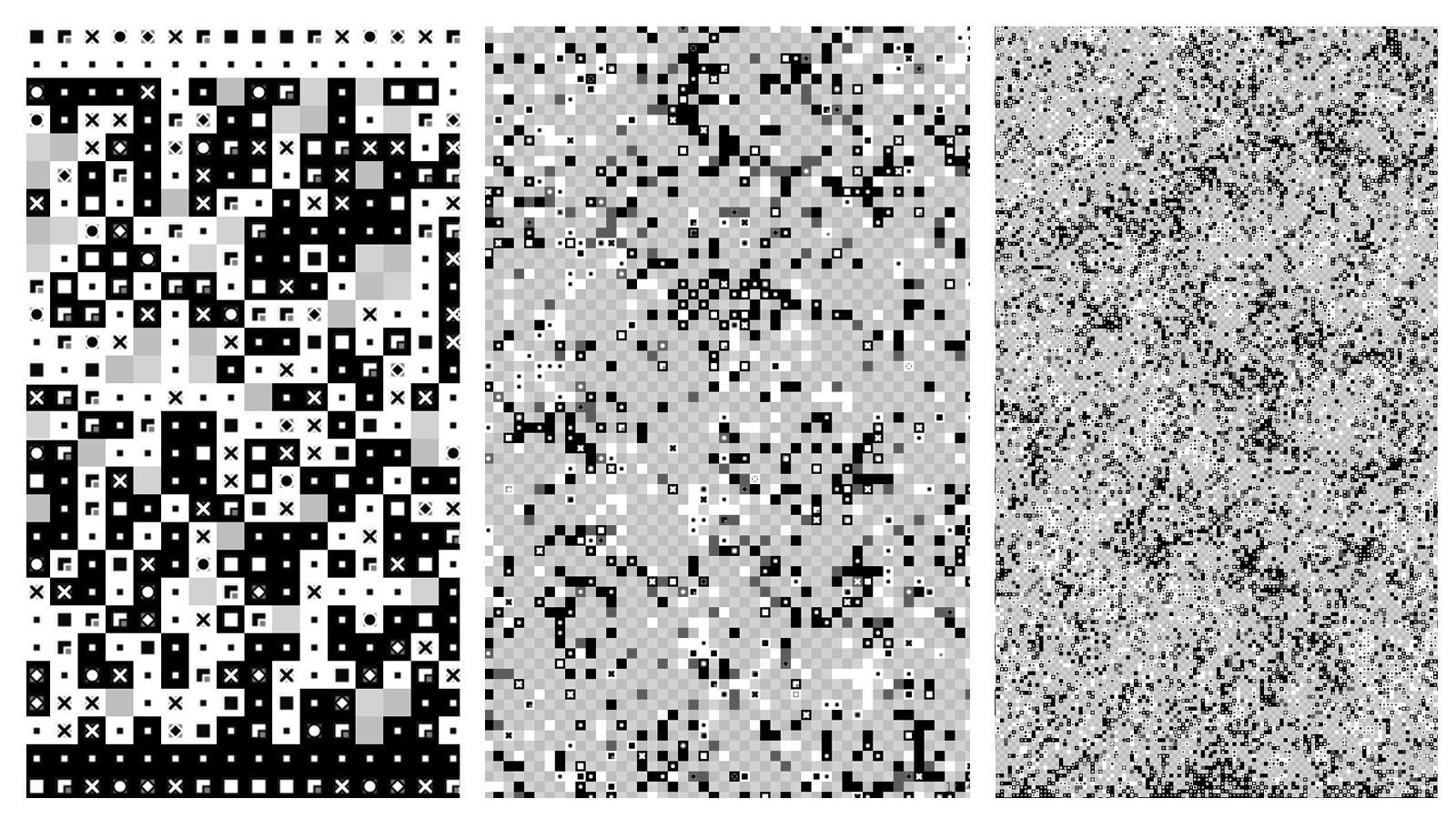

 Follow
Follow
